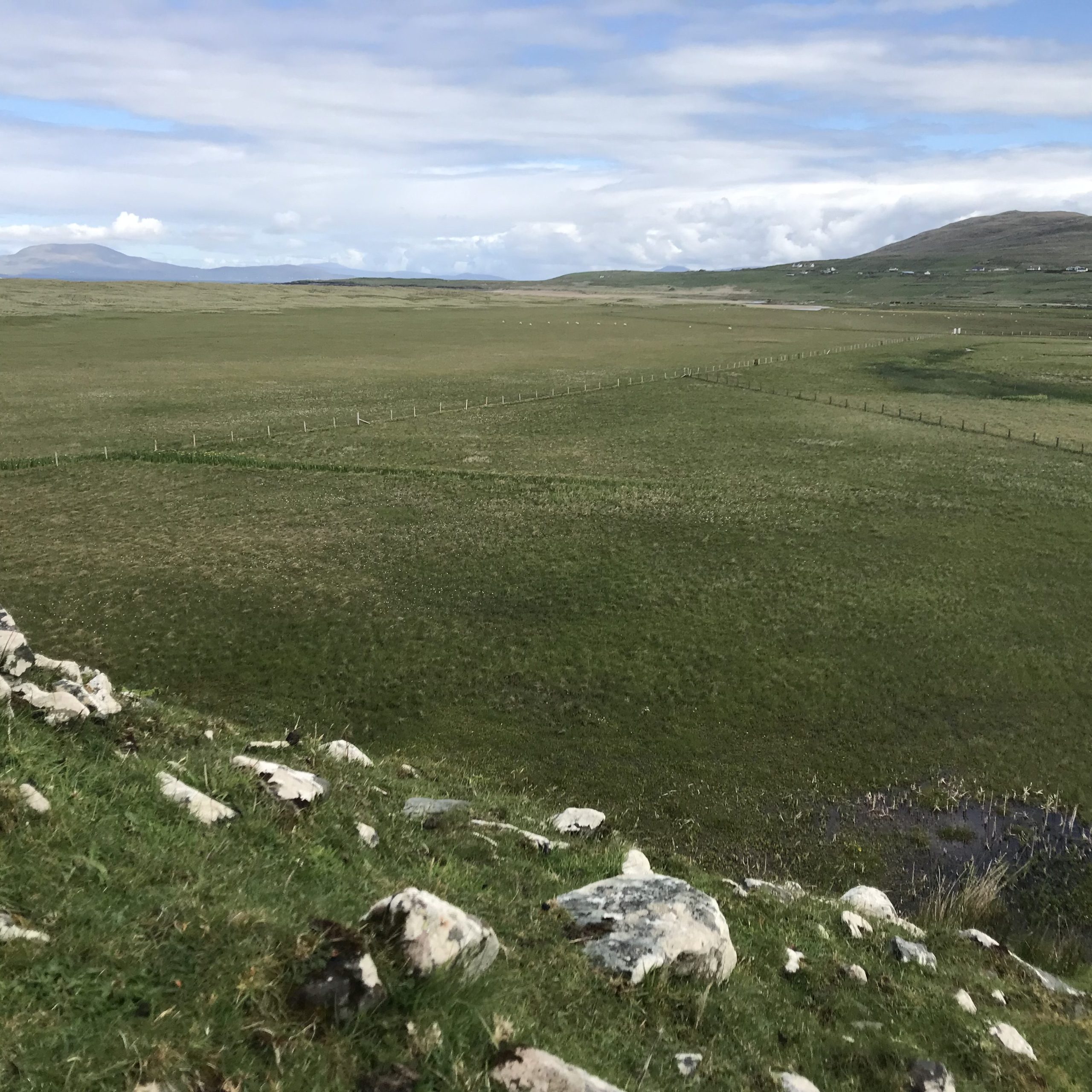This site covers a number of townlands in the area between Silver Strand and White Strand, including Dooagtry and Thallabaun, and is part of the Mweelrea/Sheeffry/Erriff Complex SAC.
The LIFE on Machair project target area is focused on the coastal areas at Dooagtry where Machair, fixed dunes and breeding waders occur. Of particular ecological significance at this site is the presence of natural, undisturbed transitions across a broad suite of coastal habitats with the juxtaposition of wet and dry habitats, rocky slopes, fens, lakes, wet and dry dunes and the Machair plain offering a resource-rich ecosystem for pollinators and wading birds.
The area is dominated by low-intensity sheep grazing in private fields and commonage. The beaches attract tourists and are serviced by access roads and car parks.
In 2019, Dooagtry supported 21 pairs of breeding waders, similar to the total pairs recorded on site since 1985. However, while the total population of breeding waders at Dooagtry has been broadly stable in the long term, the population composition has changed significantly. Dunlin, Redshank, Ringed Plover and Common Sandpiper no longer breed at the site, being last recorded present in 2009. However, the Lapwing population has increased from 11 pairs in 1996 to 16 pairs in 2019; with these 16 pairs representing 3% of the national breeding population in 2019.
Dooagtry is a good example of a compact site with varied resources in close proximity. However, during habitat monitoring in 2013, the site was characterised by a homogeneous low sward and reduced floral resources due to high levels of grazing by cattle, sheep and rabbits. Pollinator species recorded from this site and their status on Ireland’s Red List of species include:
Near Threatened: Grayling (Hipparchia semele), Small Heath (Coenonympha pamphilus), Large Red Tailed Bumble Bee (Bombus lapidarius), Moss Carder-bee (Bombus muscorum)**
Endangered: Wall Brown (Lasiommata megera)
** listed as vulnerable at a European level.

